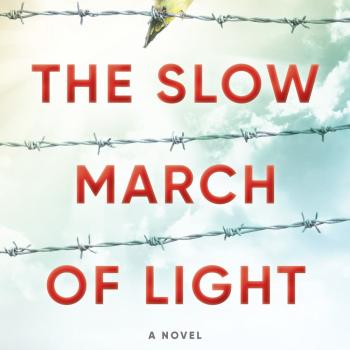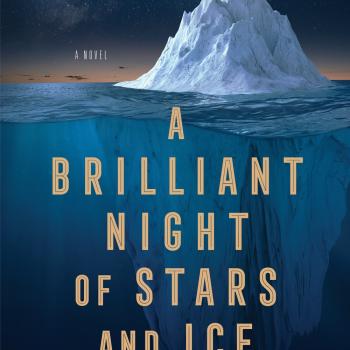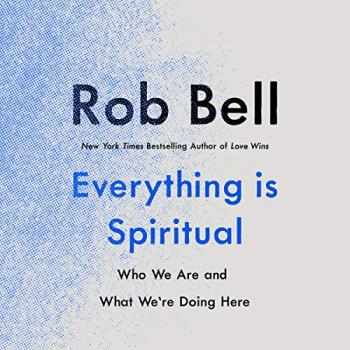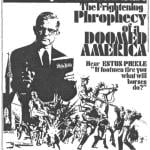By Christopher Shannon, President of the Samprajña Institute
 [This post is part of a roundtable discussion on the new book Being Different: An Indian Challenge to Western Universalism by Rajiv Malhotra, now featured at the Patheos Book Club.]
[This post is part of a roundtable discussion on the new book Being Different: An Indian Challenge to Western Universalism by Rajiv Malhotra, now featured at the Patheos Book Club.]
Civilizations endure because they are able to repair the deterioration that age and complacency bring to them. In a cultural context such repair is called a renaissance. Although on account of globalization one could hardly expect to witness a renaissance of any kind, some will be pleased to know that a new renaissance in Indic thought and culture is gathering force, and Rajiv Malhotra’s latest book, Being Different, is at this the forefront of this renaissance.
Being Different speaks to us about a revolutionary change in thought that is in motion within Indic civilization, because it demonstrates how some of its most thoughtful members are breaking with a long-standing tradition of Western colonialist thought and scholarship. The objective is to establish as legitimate an understanding of Indic civilization and culture on its own terms, not on the West’s terms.
As the word renaissance implies, a civilization’s “re-birth” begins when its most thoughtful members re-examine the history of their culture for clues that might bring about such a revival. European Renaissance humanist scholars, for example, re-discovered the value of Latin and Greek classics and, inspired by their re-discovery, embarked not only upon an ambitious effort to recover all that could be found from monasteries and private collections, they also made those classics the basis of a new, reformed system of education. From art, to education, to science, much in Renaissance Europe was influenced by the attempted revival of ancient Greek and Latin literature.
In a similar way, Malhotra early on in his book introduces his readers to the concept of purva paksha, the “traditional dharmic approach” that ancient, rival schools of Indic thought have used to establish their own conclusions (siddhanta) in defiance of all other opposing schools. Malhotra’s proposition, which he also informally dubs “reversing the gaze,” is that this method of purva paksha should be used as a corrective measure against Western universalism. Indeed, the concept of purva paksha runs through the book to connect many other ideas, as a sutra, a thread, might hold together a string of pearls.
Some other original ideas that are unmistakably Indic in character include Malhotra’s Gandhian-esque notion of “mutual respect” as a replacement for “religious tolerance.” His point is that one would be offended if one were merely tolerated by one’s colleagues instead being offered mutual respect. “Embodied knowing,” the Indic tradition’s “extensive range of inner sciences,” versus “history-centrism,” are concepts he uses to describe and explain the pursuit of unity by way of religious, cultural, and economic homogenization and why this is harmful. Malhotra also offers an alternative.
These and some of the other ideas Malhotra develops in his book have the character and freshness of an emerging renaissance. They are clearly derived from the Indic civilization’s ideological and cultural past. And they have been developed and advanced through the process of purva paksha in order to defend the rightful claim of that civilization’s members to exist and, as the book sets out to demonstrate, to be different.
Christopher Shannon is president of the Samprajña Institute (http://samprajna.org), is a researcher and essayist, and holds a BS in Statistics from the University of New Mexico. He has been a missionary and active member of ISKCON for the past 22 years, and he has been an Information Technology professional for the past 14 years.












